Menu
-
-
F.A.Q
- How to identify genuine agarwood chip, natural or cultivated
- How to identify oil injection / absorption fake agarwood beads
- How to know if there are more than one oil in your oil
- How to make your wood bracelet or mala darker
- How to tell if an Agarwood bead sinks WITHOUT sinking it under water?
- How does back flow incense work and how do you burn it?
- Where to start if you don't know what agarwood is ?
- Why are you losing money if you buy seeds and plants?
- Which agarwood incense should I choose?
- Frequently Asked Questions
- Agarwood Related Articles
- Shipping
-
SHOP - Agarwood
-
SHOP - Other Fragrant Wood
-
SHOP - Incense Holder and Burner
-
- FREE Oud Oil guide
- Testimonials
- "Why did you buy this?"
- Contact us
- About Us
- +61430284329
- Login
-
English

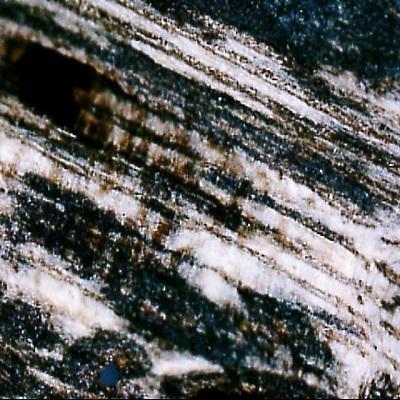
How to identify genuine agarwood chip, natural or cultivated
June 09, 2015 4 min read
7 CommentsTable of Contents:[hide]
When you are shopping around to choose your oud (agarwood) chips, you would like to purchase genuine oud (who wouldn't?). There are many different techniques which you can use. Below are just a few.
Disclaimer: Based on my experiences only, everyone might have different methods, feel free to use whatever suits you
Identify Agarwood through its appearance and aroma
-
Through its appearance
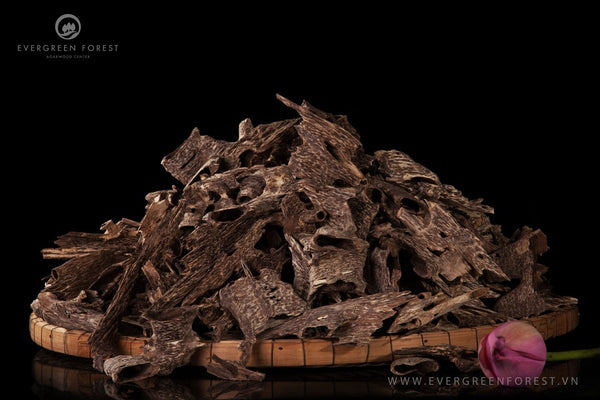
(Evergreen Forest's cultivated agarwood for sustainable future)
Multiple oil veins are visible ( Oil vein: resins, dark lines around the wood). If you could not see any threads but solid colour, it means someone has tampered the wood.

-
Through scent
Pick one piece up and have a deep smell of it, if it has a sharp, tangy, alcohol smell, chances are it was not a genuine one.
If you are serious about buying it, ask for a sample to bring home or if not allow, buy a small piece to test:
- Heat: do not burn directly. Use a bar or spoon to contain the chip, place the spoon under fire or an incense burner then observe it. The more bubble you see from the burning resin, the better the quality of the woodchip, AND at the same time, the fragrance should be noticeable.

(The above image shows heated resin, the shiny black surface was the oil in the wood, come out in high temperature and release a woody fragrance )Here is another image of a small woodchip with resin
 Shiny resin after 10 minutes of heating at 180 degree
Shiny resin after 10 minutes of heating at 180 degree
- Obtain a small sample. Submerge into 200ml of boiling water. If the liquid is no longer transparent after a few minutes, chances are the unscrupulous seller did some "funny business" to the wood. It could be a dyeing agent or aromatic compounds.
- Allow the wood to dry. Use a small white cloth or tissue to wipe the wood. Examine it to see if there is a change in colour, mainly black or dark colour
You can place a small sample of agarwood woodchip inside a pot.

Turn on the heat; you could see bubble derived from the resin. At this point, the agarwood fragrance releases from the wood.

A quicker way to test Agarwood chips
please carry a mica plate, tweezers and a lighter around for testing.

Or you could also carry a battery operated incense heater Kodutu which is portable and extremely convenient

It should not take more than 2 minutes with seller's sample.
Once the incense core heats up, the woody aroma rises. You will experience the woody sweet vanillic fragrance.
For agarwood beads, please click here.
Cultivated or Natural chip?
There were no 100% answers on this unless you would bring it to the lab (the best method, click here) which could be quite costly. However, there is a simple technique you could use:
Pay attention to the "hole" where agarwood forms around
Where does it come from? See below for side view.

Vertical view (internal infection)
The hole was drilled, initiating the creation of agarwood forming around the wound, hence the big hole. Why not a small hole? It is possible to create, but it is a harder job.
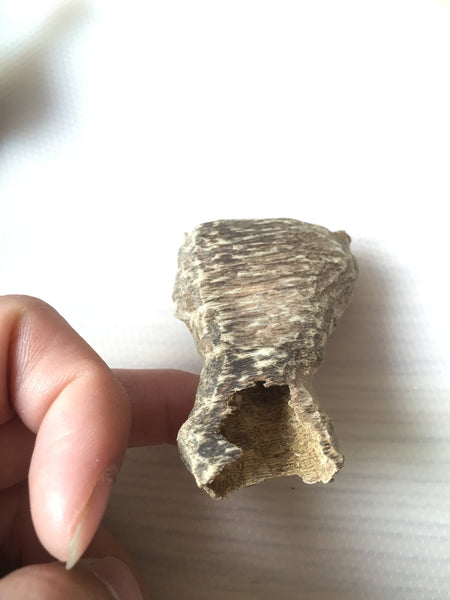
With cultivated, the infected wood will be created around its wound, which is the hole, to protect it from outside attack. The hole was drilled, nailed by tools, so it is quite a distinctive feature of cultivated agarwood.
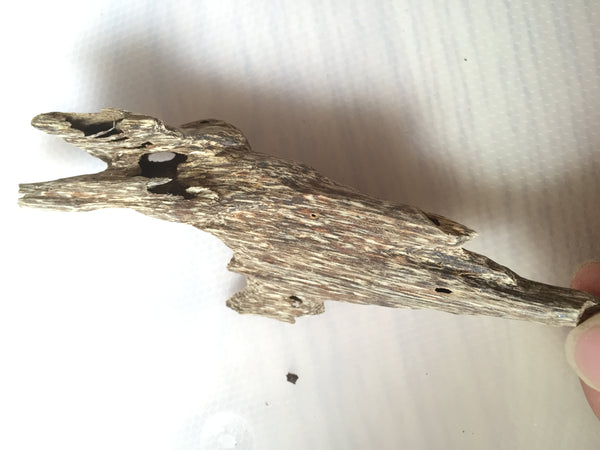
Wild woodchip ( in this case, it was from Nha Trang Vietnam), has multiple holes which are smaller in size, usually created by insects, ants ( PLEASE NOTE THIS IS A GENERAL GUIDE ONLY as if a seller wanted to cheat, he would do anything to cover his "products")
Below is some natural infected wood log in horizontal and vertical view; it is not possible with current inoculation technology to create these type of infection pattern (WILD AGARWOOD).
Generally, sellers would store agarwood together. Most of the time, they classify these oud chips based on its resin. You may heard the term "incense grade", "sinking grade", "double king", "AAA". You can observe multiple pieces to see a different type of holes. Cultivated woodchip has an average of several centimetres wide while the wild one has a smaller hole generally.

Cultivated Agarwood Chip (big drilled holes, open-end) compared with below.
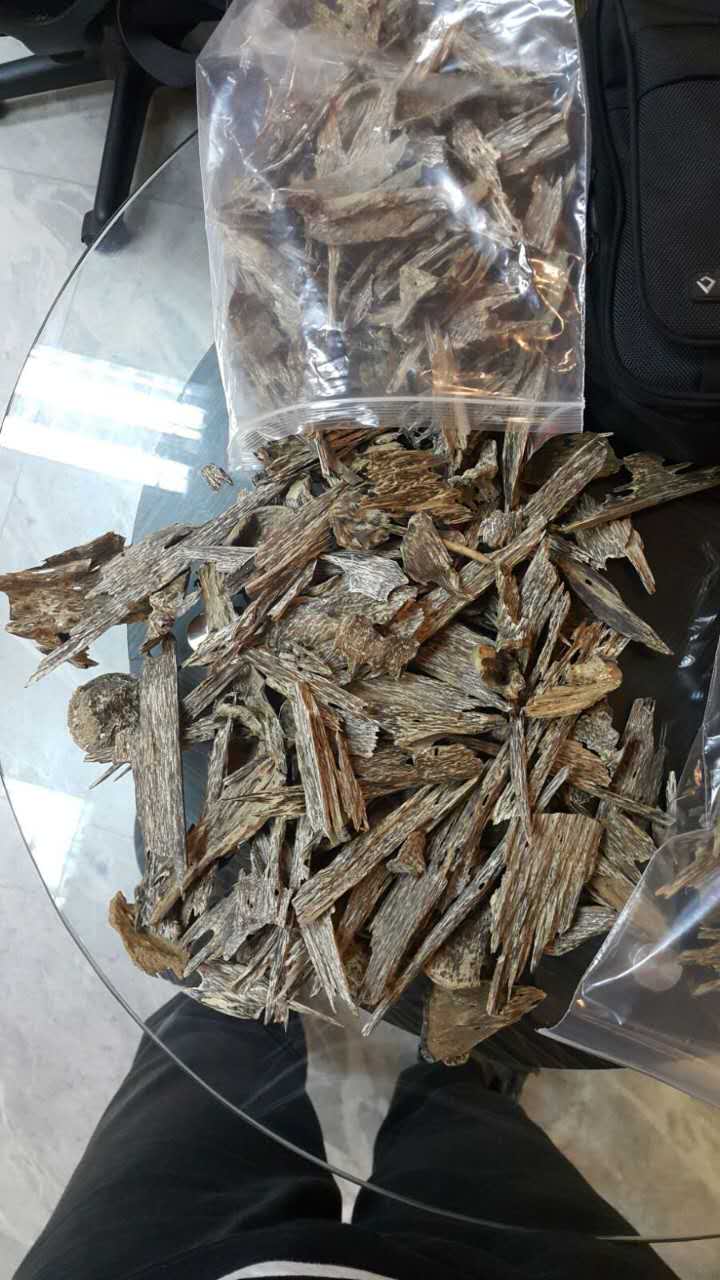
Wild Sumatra Agarwood chip (compared the holes, smaller, caused by insects, or fungi)
You might have to scroll up to see the cultivated woodchip in the very first image (multiple pieces and holes size is more significant than wild one)
Big size of wild agarwood pieces is for decor, figurine, multiple religious beads. The powder of it during the producing process would be the material to make incenses, and oil distillation.
The scent profile is also different; however, with this method, you must know what to look for when sampling. For example, some oud chips are sweeter, while others are spicier or a mixture of both. Either way, the experience should be pleasant. It is a good idea to bring a portable incense heater with you (for example, the Kodutu incense heater)
If the chips were collected above the hole or vertically cut, it is difficult to tell if these are cultivated wood.
There is limited agarwood on that tree as it is the frame only. The tree was dead suffering multiple wounds and unable to recover. Agarwood has been scrapped off (collected) from this tree leaving the frame.
Please click here for genuine agarwood chips.
Finally, for a laugh only and to let you know many unscrupulous con-man sellers out there, please look at this "sinking" rock, wood, plastic grade.
Credit: image from agarwoodforlife Instagram
. Do not simply use our talented skills to the wrong way Because, we will surely regret it . .
A photo posted by Agarwood For Life™ (@agarwoodforlife) on
Sinking grade? Check open-end for woodchip. If it is solid, shake to see there is noise. Feel it. If in doubt, x-ray it.
More sinking grade?
Read part 2 here
7 Responses
Willy Lee
May 28, 2020
Hi, I am from the Mindanao Philippines. I just want to ask if your interested of buying wild agarwood. I am looking for a prospective buyer. I can be also hired as your agent or representative here in parts of Mindanao.
Syed Razool
May 05, 2017
Very good information thanks
Nave
December 02, 2016
Good one !!!! Thanks, this article will certainly educate buyer about beads !
chiwen
August 04, 2016
Thank you so much for sharing this…
bob jad
February 11, 2016
good job, i am going to get a sample now
Aaron
February 05, 2016
Thank you, very informative article !!! Your stuff is good too thank you again
Leave a comment
Comments will be approved before showing up.
Also in News

What is Tasbih? The Deep Meaning of Subhan Allah and the Role of Prayer Beads
November 09, 2025 4 min read


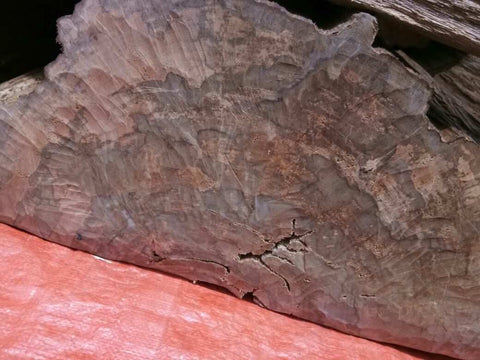
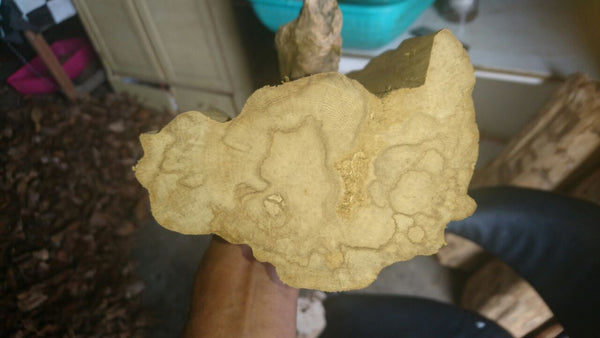



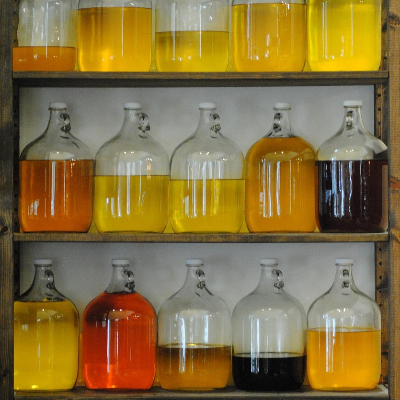

Engr Romeo Elegado
February 23, 2022
hello I am from the Caraballo mountains of the Philippines, I have 2 kilograms of agarwood to sale if the price is right. I can send you the actual picture or video of the size or mactual measurement and weighing of the wood